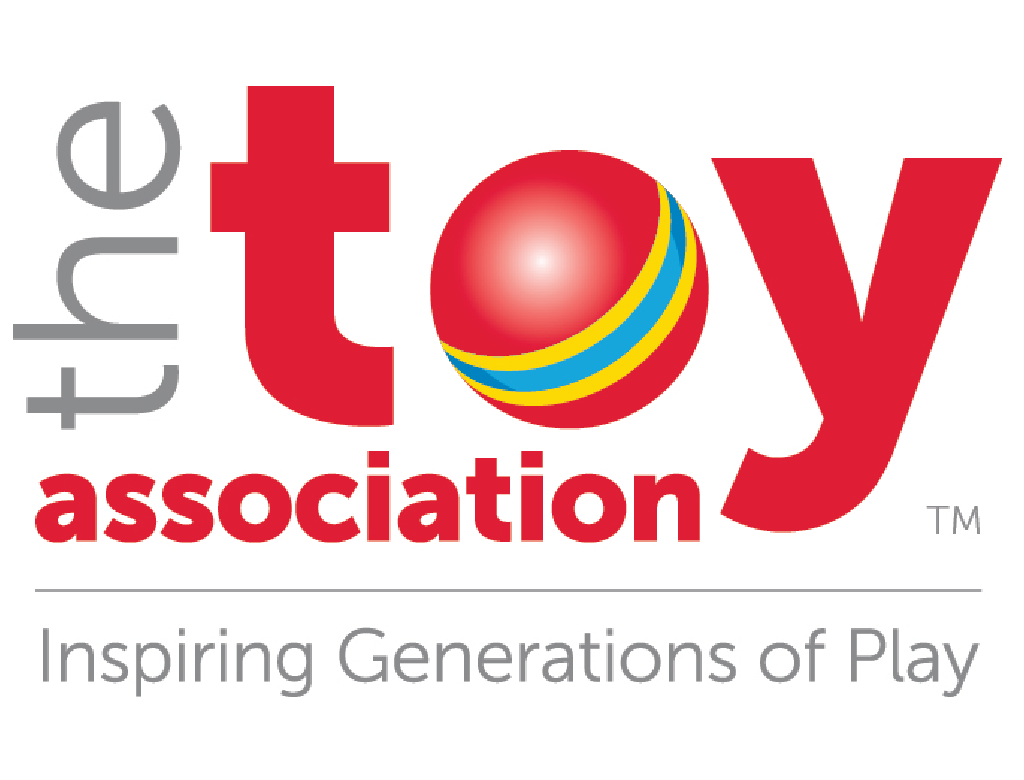By Kristin Morency Goldman
While legitimate toys sold by responsible companies are safer than ever thanks to a robust network of stringent safety standards, non-compliant toys sold by illicit sellers continue to be found on online marketplaces. As the COVID-19 pandemic accelerates the online shopping trend, the fight against unsafe counterfeit toys sold through e-commerce platforms is more urgent than ever – and a top priority issue for The Toy Association and its approximately 1,000 member companies.
“The Toy Association and our members have been continually advocating for the removal of illicit counterfeit toys and play products from online marketplaces,” stated Steve Pasierb, president & CEO of The Toy Association. “Our concerted actions have contributed to some important progress, including the introduction of legislation placing clear requirements on marketplaces and sellers; the publication of a Department of Homeland Security Report echoing many of our proposed solutions; and better cooperation, communication, and collaboration with major online marketplaces.” Amid the pandemic, The Toy Association hosted a virtual forum for members to meet with more than two dozen congressional offices and hear special presentations about key pieces of U.S. legislation that help to address the wave in illicit counterfeits sold online. Toy Association staff members have in the past also testified before Congress and participated in a roundtable talk with top White House officials in order to raise the alarm on this urgent priority issue for the toy community.
In December 2020, The Toy Association released its second white paper on the subject, “Taking Fake Toys Offline: A 2020 Focus on Proactive Measures to Reduce Counterfeits and Unsafe Toys Sold on Online Marketplaces.” The report outlines the key factors contributing to the rise in counterfeits and proactive, multi-stakeholder solutions to the problem, including better collaboration between online marketplaces, legislators, Toy Association members, and consumers. The white paper also uncovers emerging trends impacting the issue, such as the increased reliance on online shopping, the proliferation of social media marketplaces, targeted advertisements, and the growth of fake reviews and fake storefronts.
Leading up to the holiday shopping season, The Toy Association turned its attention to educating consumers on how to identify – and avoid – counterfeit toys sold online. A national survey asked 1,000 U.S. parents about their holiday shopping plans and knowledge of counterfeits, which generated news reminding parents and other caregivers about how to spot counterfeits and age-appropriate toys. A safe shopping tips article based on the survey was placed in more than 1,000 print and online publications nationwide. Recently, The Toy Association’s Joan Lawrence, senior vice president of standards and regulatory affairs, appeared on broadcast TV segments to discuss counterfeit toy concerns; these clips can be viewed on The Toy Association’s YouTube channel (www.YouTube.com/TheToyAssociation).
“In 2021, The Toy Association and our members will focus our anti-counterfeiting efforts in areas of greatest impact – working to pass federal legislation, enhancing consumer awareness of the safety risks associated with purchasing counterfeit toys, and collaborating with various government agencies to help educate and train them on identifying and stopping counterfeits entering the U.S,” added Pasierb.
For more information about The Toy Association and its advocacy work to protect and promote the toy industry, visit ToyAssociation. org.
This piece appeared in the February 2021 issue of TFE Magazine.

